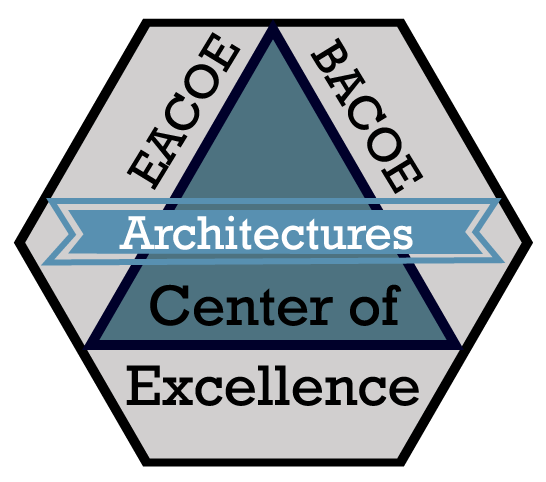Process Visualization: Unlocking The Hidden Assets In Your Organization
Business Processes are the essence of your organization. We can define business processes as the activities that the enterprise performs to create positive value for the business and its customers. Optimizing these processes is the key to gaining or sustaining a competitive advantage over your competition.
Understanding the processes and Process flows within an enterprise through the eyes of the business practitioner - this is Business Process Visualization. In researching and practicing Business Process Engineering, we have learned that business people think best within their domain. If they are used to interacting with paper forms, then we analyze them through paper forms. If they use computer screens, then the analysis is done through these screens. This is what Business Process Visualization is all about. We can generally analyze each Process through a four-step procedure: Visioning, Analyzing, Implementing, and Evolving.
Most enterprises are organized across processes. They are organized around "departments" - Finance, Human Resources, and Manufacturing. When a Process needs to be performed, such as a process named Fill Order, many departments, information systems, and handoffs are involved. These lead to excessive costs, redundancies, errors, and quality concerns.
Process Visualization allows you to understand your processes in the context in which they operate - you will visualize your processes across departments, the time it takes to perform a process, the time it takes between processes, the way the processes uses your information systems, and the interaction of the processes with your enterprise data. With this identified, a true process improvement initiative can be undertaken
Who should attend:
Process Owners
Process Improvement Managers, Individuals, and Teams
Quality Assurance Personnel
Information System Analysts, and Developers
Strategic Planners
Process Engineers
Enterprise Architects
Business Architects
Digital Transformation Specialists
